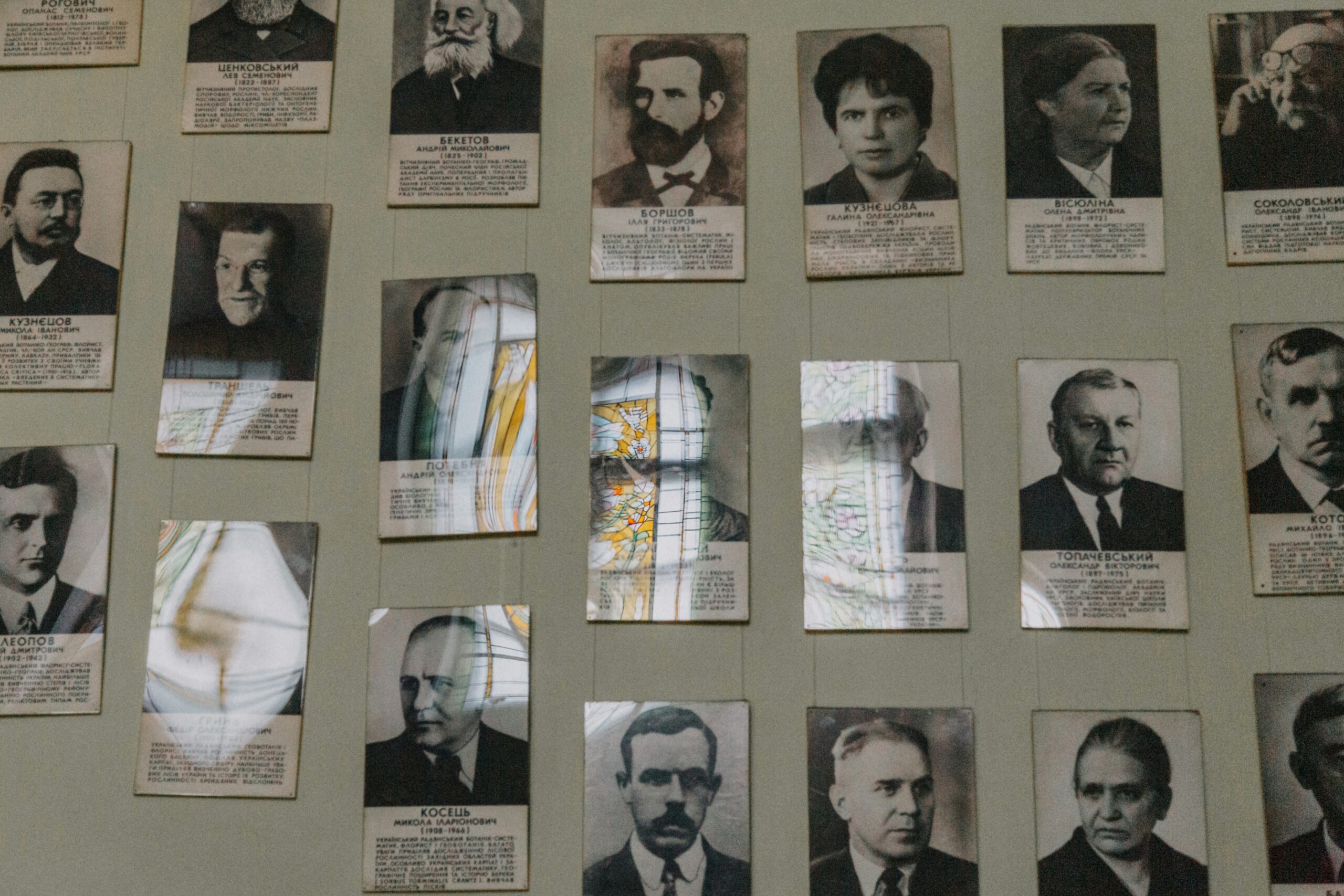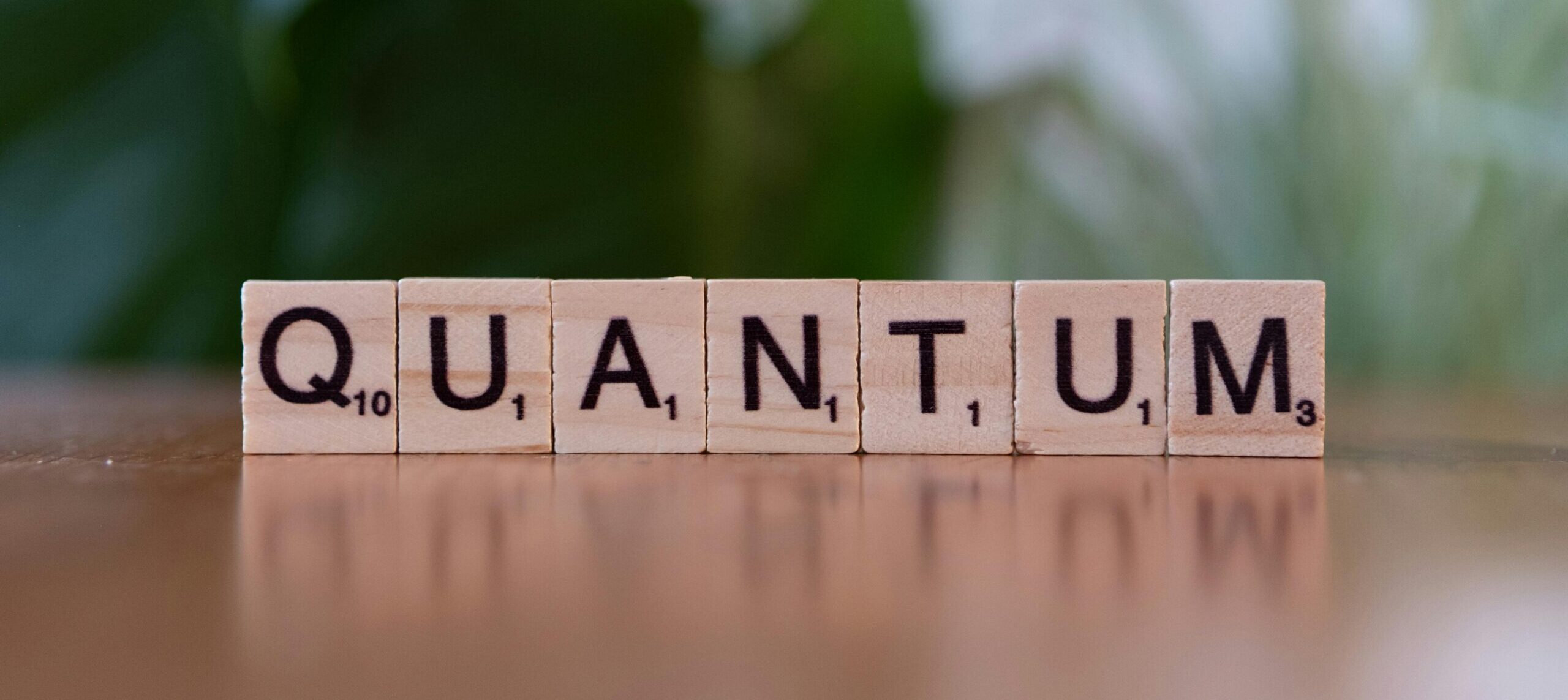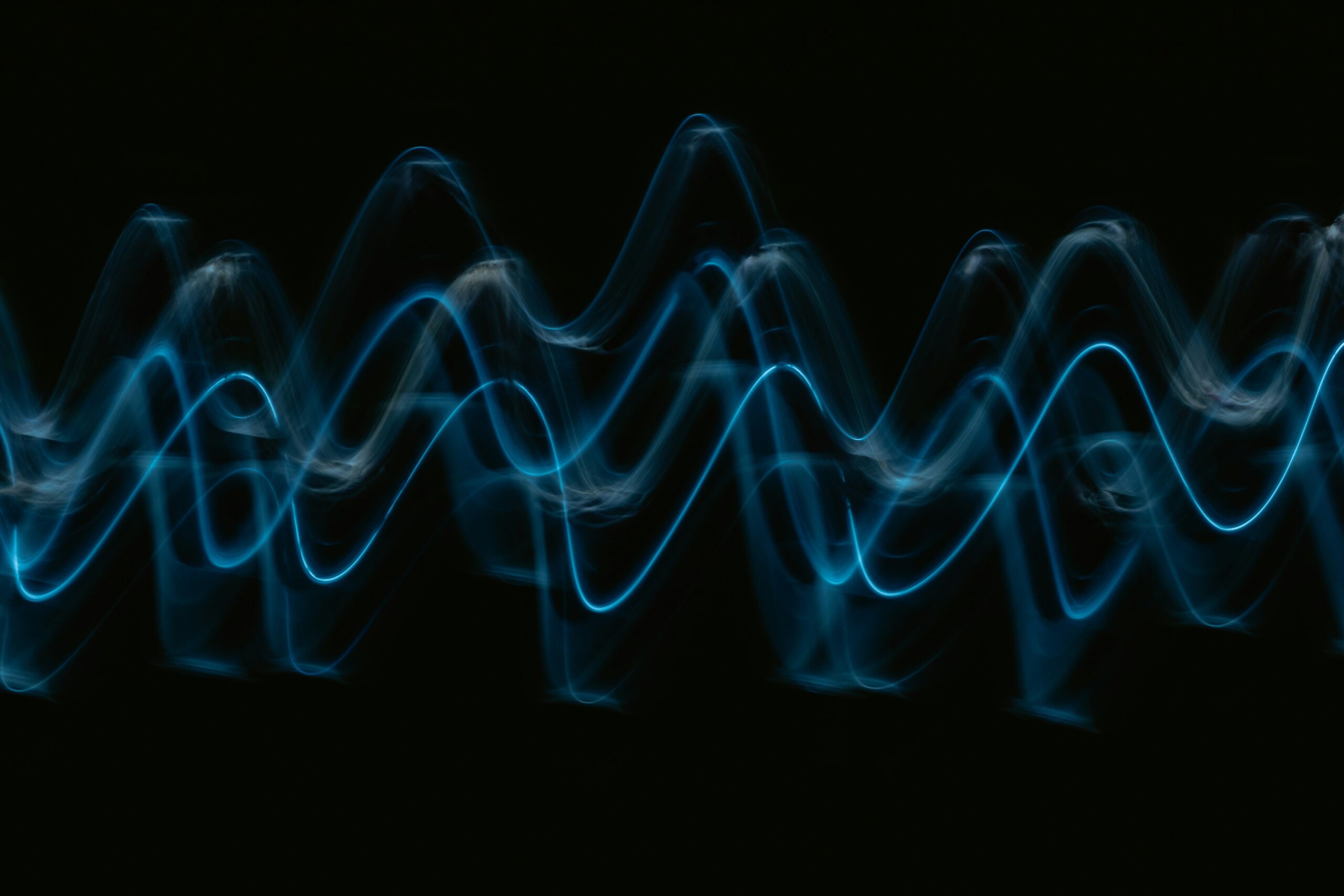Radioactive carbon dating, commonly known as radiocarbon dating or carbon-14 dating, is a scientific method that has revolutionized our understanding of the past. By measuring the decay of the radioactive isotope carbon-14 (¹⁴C) in organic materials, scientists can determine the age of artifacts, fossils, and environmental samples up to about 55,000 years old. Developed in the late 1940s by Willard Libby at the University of Chicago, this technique has become a cornerstone of archaeology, geology, and environmental science. Today, we explore the intricate details of radiocarbon dating, its evolution through recent research, its benefits to humankind, and its promising future, with a nod to institutional contributions driving this field forward.
The Science Behind Radiocarbon Dating
Carbon exists in three naturally occurring isotopes: carbon-12 (¹²C) and carbon-13 (¹³C), which are stable, and carbon-14 (¹⁴C), which is radioactive. While ¹²C makes up about 99% of all carbon and ¹³C about 1%, ¹⁴C is incredibly rare—roughly one in every trillion carbon atoms. This scarcity is due to its radioactive nature; ¹⁴C decays over time with a half-life of approximately 5,730 years, meaning half of any given amount will transform into nitrogen-14 (¹⁴N) through beta decay in that period.
¹⁴C is continuously produced in the upper atmosphere when cosmic rays—high-energy particles from space—strike nitrogen-14 atoms, converting them into ¹⁴C via neutron capture. This newly formed ¹⁴C quickly oxidizes into carbon dioxide (¹⁴CO₂), mixing with the stable ¹²CO₂ and ¹³CO₂ in the atmosphere. Plants absorb this ¹⁴CO₂ during photosynthesis, and animals incorporate it by consuming plants or other animals. While alive, organisms maintain a steady ratio of ¹⁴C to ¹²C, mirroring the atmosphere’s composition. But when they die, carbon exchange stops, and the ¹⁴C begins to decay at a predictable rate.
The age of a sample is calculated by measuring the remaining ¹⁴C and comparing it to the known decay rate. The equation for radioactive decay is:
N = N0 e-lambda t
where:
- ( N ) is the current amount of ¹⁴C,
- ( N0 ) is the initial amount,
- lambda is the decay constant (ln(2) / half-life ≈ 0.00012097 per year for ¹⁴C),
- ( t ) is the time elapsed since death.
However, atmospheric ¹⁴C levels fluctuate due to factors like cosmic ray intensity, solar activity, and human activities (e.g., fossil fuel emissions). To account for this, calibration curves—such as the IntCal series—are used, based on tree rings, corals, and other records of known age.
The Evolution of Radiocarbon Dating: Research Milestones
Since Willard Libby’s groundbreaking work, which earned him the 1960 Nobel Prize in Chemistry, radiocarbon dating has undergone significant advancements. Here’s a timeline of key developments, focusing on research since Libby’s era:
- 1950s-1960s: Early Refinements
- Libby’s initial method used beta counting, measuring the radioactivity of ¹⁴C in gas or liquid form. Early calibration efforts began with tree-ring chronologies (dendrochronology), revealing discrepancies in atmospheric ¹⁴C levels over time.
- 1970s-1980s: Accelerator Mass Spectrometry (AMS)
- The introduction of AMS revolutionized the field by directly counting ¹⁴C atoms rather than their decay, requiring much smaller samples (as little as 1 mg of carbon versus 1 g for beta counting). This allowed dating of precious artifacts like the Shroud of Turin in 1989.
- 1990s-2000s: Calibration Improvements
- The IntCal series, launched in 1993, integrated tree-ring data with marine records to refine calibration. Institutions like Queen’s University Belfast and the University of California played key roles in extending calibration back to 50,000 years.
- 2010s: Precision and New Challenges
- Research revealed regional offsets in ¹⁴C levels, such as a 19-year discrepancy in the southern Levant (2018, Cornell University), prompting localized calibration adjustments. The CAST project (2013-2018), funded by the European Union, explored ¹⁴C release from nuclear waste, enhancing environmental applications.
- 2020s: The IntCal20 Update
- In August 2020, an international team led by Queen’s University Belfast released IntCal20, incorporating over 10,000 new measurements from tree rings, marine sediments, and speleothems. This update, detailed in Radiocarbon (DOI: 10.1017/RDC.2020.68), improved accuracy for dates up to 55,000 years, aiding climate and archaeological studies.
- Recent Advances (2021-2025)
- By March 2025, ongoing research at institutions like the University of Oxford and Michigan Technological University’s Radiocarbon Collaborative has focused on micro-sample analysis and combating contamination. Studies on dietary offsets (e.g., marine or freshwater diets skewing dates) have refined human bone dating, as seen in the Grey Friars project (Historic England).
Benefits for Humankind Today
Radiocarbon dating offers profound benefits across multiple domains:
- Archaeology: It provides precise timelines for human history, from the oldest modern human bones to ancient settlements like those of the Oneota Nation (dated by Michigan Tech). It has clarified events like the demise of Neanderthals and the rise of civilizations.
- Environmental Science: By dating soil, peat, and ice cores, scientists reconstruct past climates, informing models for future change. The IPCC relies on IntCal curves to understand historical carbon cycles.
- Forensic Science: Recent applications include dating groundwater and identifying forged artworks by detecting post-1960 ¹⁴C spikes from nuclear testing.
- Cultural Preservation: Dating artifacts helps restore monuments and authenticate historical objects, preserving our heritage.
Future Aspects and Innovations
Looking ahead, radiocarbon dating promises even greater impact:
- Technological Advancements: Smaller, more affordable AMS machines could democratize access, while laser-based techniques (e.g., intracavity optogalvanic spectroscopy) may further reduce sample sizes.
- Climate Research: As atmospheric ¹⁴C declines due to fossil fuel emissions, new methods to date recent materials (e.g., post-1950) are emerging, crucial for tracking carbon cycles amid climate change.
- Interdisciplinary Integration: Combining ¹⁴C dating with stable isotope analysis, genomics, and AI-driven modeling will yield richer historical and environmental insights.
- Space Exploration: Understanding cosmic ray effects on ¹⁴C could aid dating of extraterrestrial organic materials, supporting missions to Mars or beyond.
Recent Research: Pushing Boundaries Since March 19, 2025
As of today, March 19, 2025, radiocarbon dating continues to evolve, though no groundbreaking updates have emerged in the few hours since midnight! However, let’s reflect on notable advancements in the years leading up to this date, which set the stage for ongoing work:
- Refined Calibration Curves: The IntCal20 update, published in 2020, remains the gold standard as of early 2025. Researchers at institutions like Queen’s University Belfast and the University of Sheffield have been fine-tuning regional offsets, addressing discrepancies in areas like the Southern Levant, where tree-ring studies showed a 19-year offset from Northern Hemisphere standards (ScienceDaily, 2018).
- Smaller Samples, Bigger Insights: Advances in AMS technology have reduced sample sizes further, enabling the dating of delicate artifacts—like single pollen grains or insect remains—preserving cultural heritage while expanding research scope.
- Environmental Applications: Beyond archaeology, scientists have applied ¹⁴C dating to track carbon cycles in soils and oceans, aiding climate change models. The Radiocarbon Collaborative at Michigan Technological University has pioneered graphitization techniques for such studies, turning organic matter into pure carbon for analysis.
- Dietary Corrections: Research into dietary offsets—where carbon from marine or freshwater sources skews dates—has improved accuracy for human remains. Tools like FRUITS (Food Reconstruction Using Isotopic Transferred Signals) model these effects, as seen in studies of medieval skeletons at Grey Friars, Leicester.
Looking ahead from March 19, 2025, ongoing projects (e.g., the CAST project’s legacy on ¹⁴C in nuclear waste) and emerging techniques (e.g., laser-based spectroscopy) promise to keep this field dynamic.
Institutional Representation
Key institutions driving radiocarbon research include:
- University of Chicago: Birthplace of the method, honored by the American Chemical Society as a National Historic Chemical Landmark in 2016.
- Australian National University (ANU): Home to a leading radiocarbon laboratory, ANU focuses on refining calibration curves and exploring novel applications of the method. ANU Research School of Earth Sciences
- University of California, Los Angeles (UCLA): UCLA has been instrumental in integrating radiocarbon dating with archaeological research, enhancing our understanding of human history.
- Queen’s University Belfast: Leads the IntCal project, setting global standards.
- Michigan Technological University: Hosts the Radiocarbon Collaborative, enhancing accessibility and education.
- University of Oxford: Pioneers precision dating and contamination studies.
- University of Sheffield: Contributes to IntCal20 and interdisciplinary applications.
Radiocarbon dating is more than a scientific tool—it’s a window into our past and a guide for our future. From unlocking the secrets of ancient corn kernels to predicting climate shifts, its evolution reflects human curiosity and ingenuity. As research continues to refine its accuracy and expand its scope, supported by leading institutions worldwide, radiocarbon dating will remain indispensable for understanding our world and preparing for what lies ahead. Whether you’re an archaeologist, a climate scientist, or simply a curious mind, ¹⁴C’s ticking clock invites us all to explore time itself.















